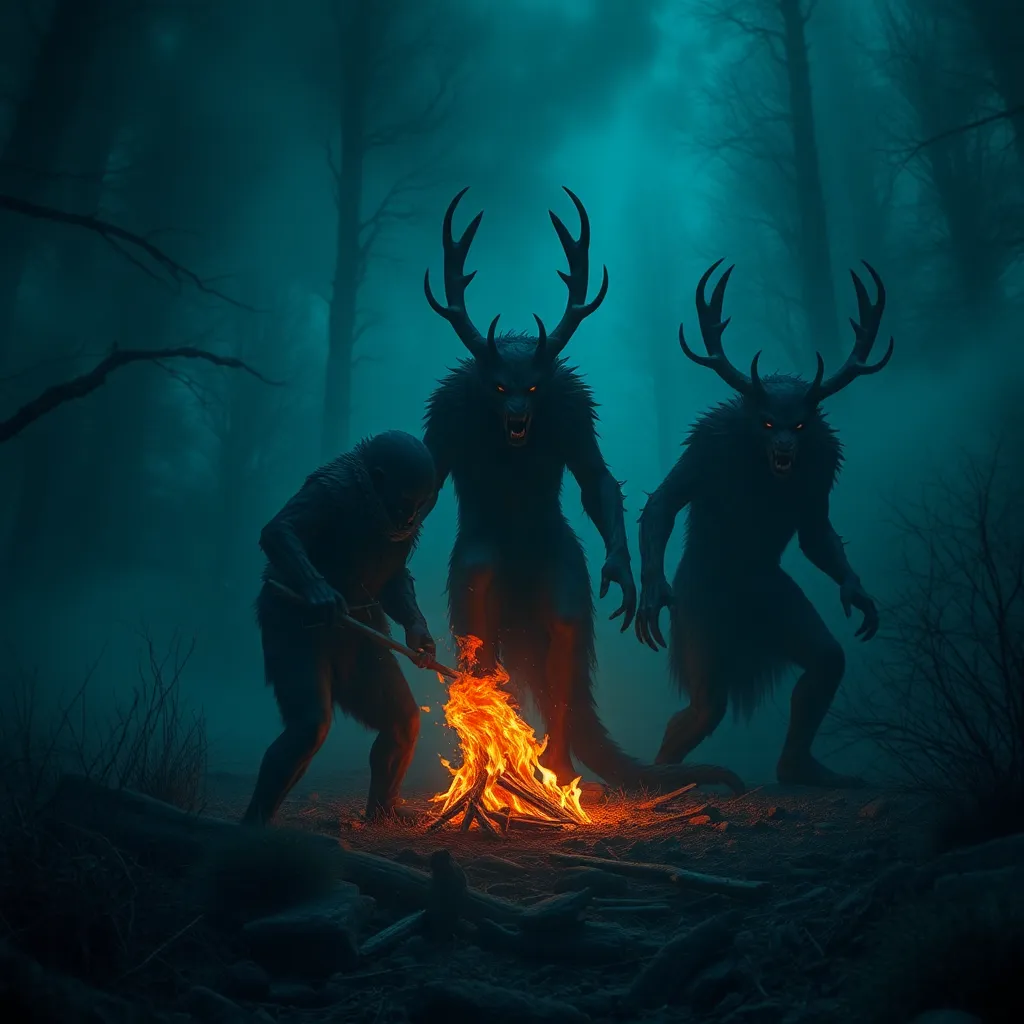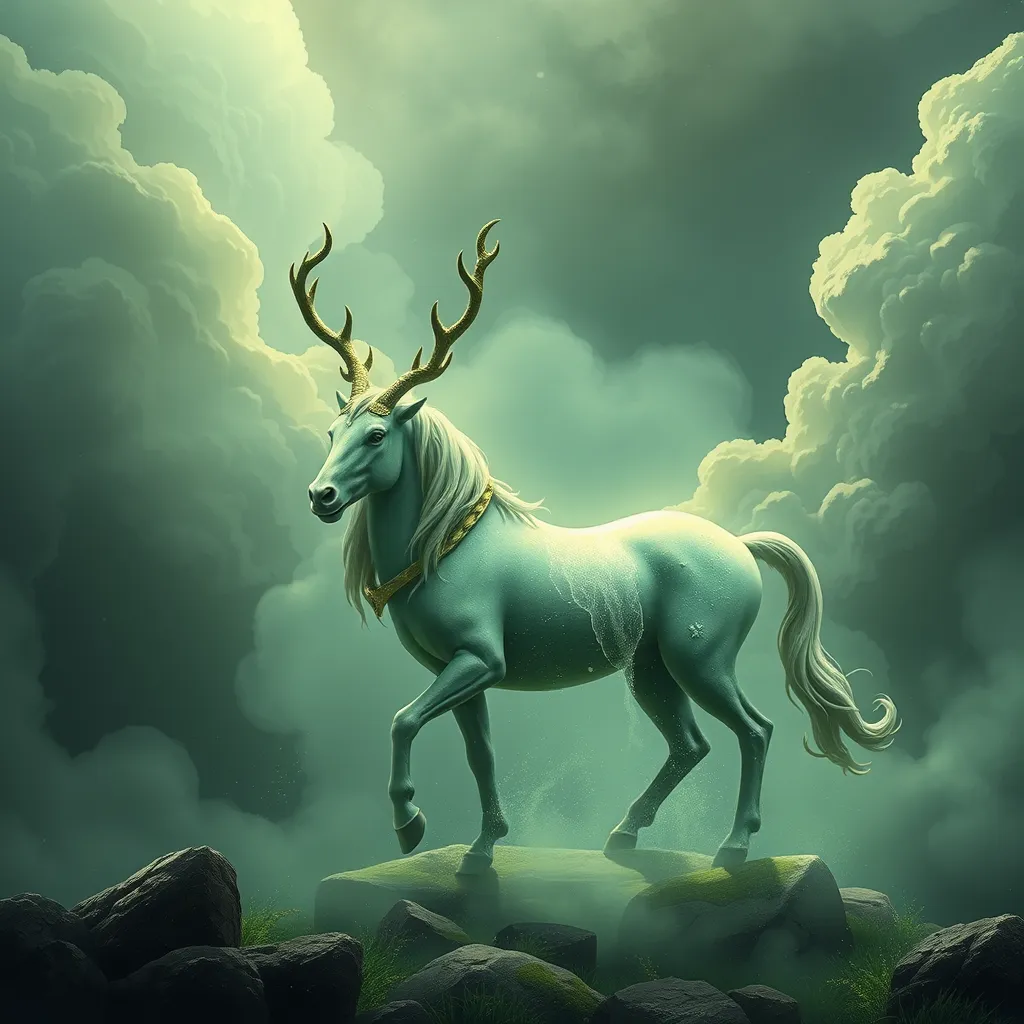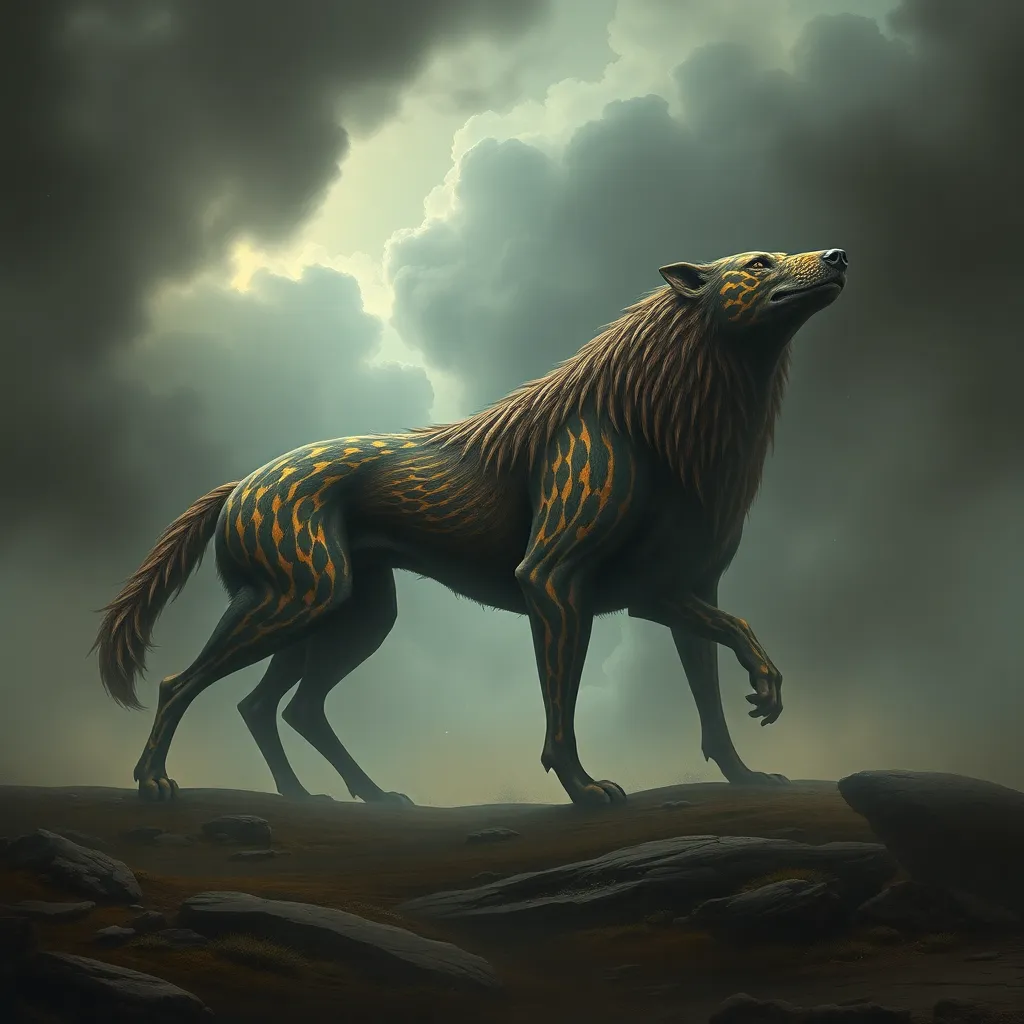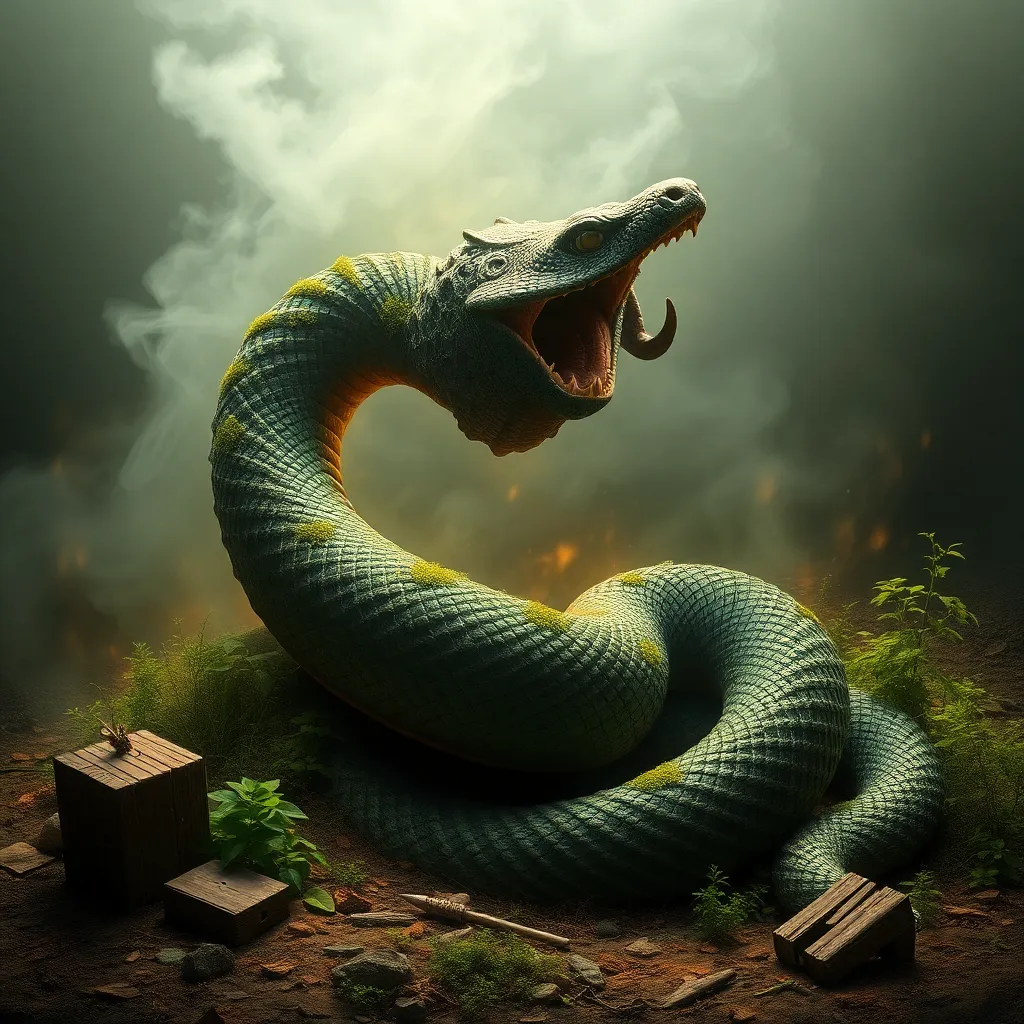The Skinwalker’s Hunt: The Supernatural Power of Shapeshifters
I. Introduction to Skinwalkers and Shapeshifters
Skinwalkers are enigmatic figures in Native American folklore, particularly within Navajo traditions. They are often depicted as malevolent shapeshifters capable of transforming into various animals, embodying both the power and fear associated with such transformations. The concept of shapeshifting extends beyond Native American culture, appearing in the myths and legends of numerous societies worldwide, each attributing different meanings and significance to these transformations.
This article aims to delve into the supernatural power of skinwalkers, exploring their cultural significance, historical origins, and the ways in which they have been represented in popular culture. By examining these aspects, we can gain a deeper understanding of the allure and complexities surrounding these legendary shapeshifters.
II. Historical Origins of Skinwalker Legends
The origins of skinwalker legends can be traced back to the rich tapestry of Indigenous stories, particularly among the Navajo people. These ancestral tales have been passed down through generations, evolving in response to changing societal norms and beliefs.
- Ancestral roots: The skinwalker, or ‘yee naaldlooshii’ in the Navajo language, is said to be a person who has gained the ability to shapeshift through dark magic, often associated with witchcraft.
- Evolution over time: As stories have been shared and retold, the characteristics and narratives surrounding skinwalkers have expanded, blending with other myths and local cultures.
- Comparison with other cultures: Similar shapeshifting legends exist globally, from the werewolves of European folklore to the selkies of Scottish myth, illustrating a universal human fascination with transformation.
III. The Powers and Abilities of Skinwalkers
Skinwalkers are attributed with a variety of supernatural abilities, making them formidable figures in folklore. These powers often include:
- Animal transformation: Skinwalkers can assume the form of animals such as wolves, coyotes, or bears, symbolizing their connection to nature and the animal world.
- Healing and curses: They are believed to possess the ability to heal others or inflict curses, showcasing their dual nature of both benevolence and malevolence.
- Mind control and manipulation: Some tales suggest that skinwalkers can influence the thoughts and actions of others, heightening the sense of danger associated with them.
The transformation into animals holds significant symbolism, representing the duality of human nature—capable of both good and evil. Additionally, skinwalkers are often connected to dark magic, indicating a deep-rooted fear of those who wield such power.
IV. Cultural Significance and Rituals
In Navajo culture, skinwalkers are not merely figures of folklore; they embody deep beliefs and taboos that shape community behavior. Some key aspects include:
- Beliefs and taboos: The Navajo people maintain strict beliefs around skinwalkers, often avoiding discussions about them to prevent attracting their attention.
- Rituals: Various rituals are performed to protect against skinwalkers, including ceremonies that cleanse individuals from negative influences.
- Social norms: The fear of skinwalkers can influence community behavior, fostering a sense of caution and respect toward nature and the spiritual world.
V. Skinwalkers in Popular Culture
In contemporary society, skinwalkers have made their way into popular culture, appearing in literature, film, and television. This representation has both illuminated and distorted the original lore:
- Literature and film: Skinwalkers are often portrayed as terrifying creatures in horror genres, sometimes losing the cultural significance behind the myth.
- Impact on perception: These portrayals can lead to misconceptions about skinwalker lore, reducing complex cultural narratives to mere entertainment.
- Blend of myth and storytelling: Modern stories that incorporate skinwalkers often blend traditional elements with contemporary themes, creating a new narrative that may stray from authentic beliefs.
VI. Personal Accounts and Anecdotes
Eyewitness testimonies and personal stories often form the backbone of skinwalker lore, providing insight into the psychological impact of encounters:
- Eyewitness testimonies: Many individuals claim to have seen skinwalkers or experienced strange occurrences attributed to them, adding to the mystique.
- Psychological impact: Encounters with skinwalkers can evoke intense fear, leading to long-lasting effects on individuals’ mental health and belief systems.
- Fear and belief: The role of fear in these narratives often shapes the experiences of those who believe in skinwalkers, reinforcing the connection between myth and reality.
VII. Contemporary Interpretations and Misunderstandings
As skinwalkers enter non-Indigenous contexts, misunderstandings and appropriations can occur:
- Appropriation of myths: Non-Indigenous representations of skinwalkers can strip the lore of its cultural significance, reducing it to a mere trope.
- Misconceptions: Many misunderstand the nature of skinwalkers, viewing them solely as monsters rather than figures embedded in spiritual beliefs.
- Cultural sensitivity: It is essential to approach these narratives with respect, acknowledging their origins and the beliefs of Indigenous communities.
VIII. Conclusion: The Legacy of Skinwalker Lore
The enduring nature of skinwalker myths highlights the fascination with shapeshifters across cultures and time. These stories not only serve as cautionary tales but also reflect deep-seated beliefs about identity, morality, and the natural world. Preserving and respecting these cultural narratives is crucial, as they offer valuable insights into the human experience.
In conclusion, the intersection of myth, fear, and identity surrounding skinwalkers invites us to reflect on our relationship with the supernatural and the stories we tell to navigate our understanding of the world.



